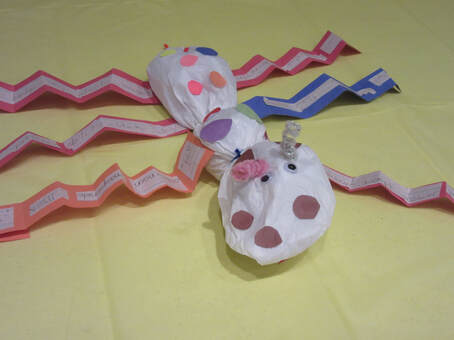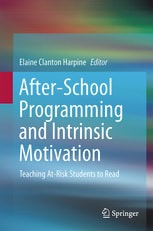
Most reading experts and researchers say that reading failure is caused by the way we teach reading in the classroom (Chronis-Tuscano et al., 2015). Yes, the teaching methods that we use in the classroom are causing students to fail in reading (for more research see my blog post from 9/14/19). Notice that I did not say teachers. I said teaching methods. Most public-school teachers do not choose the teaching methods that they use in the classroom. Classroom teaching methods are chosen by administrators, school boards, and, often, politicians. At present, the most common teaching methods being used in public school classrooms are whole language, phonics, or a blended literacy combination of the two.
Phonics simply does not work (Shaywitz, Overcoming Dyslexia, 2003), and neither does whole language (Yoncheva, Wise, & McCandliss, 2015). Even when you blend the two together for blended literacy, they still do not work (see my blog post from 4/12/19 for more research).
Some schools are beginning to revert back to phonics. Remember, phonics was first introduced in 1690, so phonics is neither a new approach nor a new teaching method. Phonics uses a list of rules that predict when a letter of the alphabet will use a particular letter-sound. As Sarah Forrest, a reading specialist with the Easyread System, explains—such phonics rules are only accurate 60% of the time. That means that, almost half the time, phonics rules give an inaccurate prediction or the rule is simply wrong.
Sarah Forrest goes on to explain that the rule with silent e (or “magic e” as it is sometimes referred to these days) is only accurate for predicting letter sounds:
- 77% of the time with letter a
- 76% of the time with letter u
- 75% of the time with letter i
- 58% of the time with letter o
- 16% of the time with letter e
For example, “cake” has a silent e and makes the long a sound, while “have” has the silent e but does not make the long a sound. What are struggling and failing students supposed to do when the rules don’t work?
Silent e is not the only phonics rule that causes students trouble. Remember that cute little phonics rule about when “two vowels go walking, the first one does the talking?” Sarah Forrest says that this rule is only accurate 50% of the time. As she states, “phonics may not be the best way to teach the English language.”
Forrest is not the only reading specialist pointing out problems with the phonics teaching method. Gerald Hughes, Director of the Neuro-Linguistic Learning Center and author of the book, Gifted--Not Broken: Overcoming Dyslexia, ADD and other Learning Challenges, states that long-standing research shows :
“…20% of all children will show little or no lasting improvement in reading ability using phonics-based programs….using a phonics-based program on this particular group of children, is more than likely doomed to failure because it is focused on the very weaknesses of the child. Experience has repeatedly shown that when subjected to an extensive phonics-based program, many of these children will experience frustration, anger and ultimately continued failure.”
So, what we are saying is that we are using an ineffective teaching method that fails students, and then we blame those students for failing. Is there any hope for changing teaching methods used in the classroom? I do not hold out much hope for change in the public-school educational system. Public education is caught up in a quagmire of political haggling.
We do have effective methods for teaching at risk struggling students and even failing students. I propose using after-school programs that actually teach children how to read. In my Reading Orienteering Club after-school program, we have eight years of published documented research that shows failing students moving up four grade levels in reading in one year. These were students who entered the program having failed multiple years. How did we do this? We used vowel clustering (see my blog post from 6/6/19) and a group-centered prevention format. My newest book gives all the details (After-School Programming and Intrinsic Motivation).
So, yes, we really can stop reading failure. We can start teaching students how to read right now.
We have teaching methods that work, but success requires change. My vowel clustering programs often use hands-on teaching tools that use creative art therapy and encourage students to tackle and learn new words. For example, this Afton the Ant simple scrap paper project encourages students to learn 30 new words. They read (breaking words down letter by letter—decoding and then reassembling those letter sounds by encoding and pronouncing the word), spell the word correctly, write the word correctly using proper manuscript style writing, look up a definition for the word, and use the word in a sentence. Sometimes they even write a story using the word. In this way, the students can learn each of the new words they place on their hands-on project.
Yes, we do have tested methods that help students of all ages learn how to read. We just need to change how we teach students to read. Neither phonics nor whole language is the answer. It’s not the students who are failing; it’s the teaching methods that are failing the students.

After-School Programming and Intrinsic Motivation explains my reading clinic and the theory on which it is based. The book presents the research team's data showing that the program is effective and describes their own experiences working in it.
 RSS Feed
RSS Feed
